#edit on point
Text

yeaaaaaaaaaaaaaaaaaaaaaa
#🧻 sharts#gravity falls#dipper pines#mabel pines#smokes a fat blunt. knocked this one out inbetween hw ive had this sketch laying around for AGES#edit: to the people pointing out they arent holding a bass#i am so sorry#LMFAOOO i used a free model online as a reference and figured electric guitars & basses looked similar#i dont play either of those instruments so …. my apologies ..
39K notes
·
View notes
Text











Feel free to use, or message me for more banners
yes, I'm self-aware thank you
#fanfic#AO3#FFN#fic#banners#canva#writing#writeblr#own#Edit: Yes I know I wrote DECADE wrong by now thank you for pointing it out... again#it's fixed okay
13K notes
·
View notes
Text
love when ppl defend the aggressive monetization of the internet with "what, do you just expect it to be free and them not make a profit???" like. yeah that would be really nice actually i would love that:)! thanks for asking
#yes i want things to be free like ??? that is not a weird desire#'but but it costs money to keep up' ok and? how is that my problem#the government has plenty of murder dollars they could reallocate a few to make internet services universal if they wanted#also these companies were perfectly capable of supporting themselves before the internet got drowned with ads so ¯\_(ツ)_/¯#edit: muting notifs on this post bc new additions have kind of petered out#so no one feel bad about adding something someone else has said‚ it is not bothering me im just trying to keep my#notifs page cleanish lol#also since i saw some people are being redirected to read my tags: firstly hiiiiii this is a special secret message for you:3#secondly i have learned since making this that the reason they were able to support themselves previously was because#of investors bankrolling everything#and theyre now finally realizing that theyre never going to actually make a profit and arent as willing to invest#however thats just a minor correction and doesnt change my overall point#once again. so many murder dollars#so thats why im just adding it here in the tags rather than making an actual correction#anyways . love yall 💕#origibberish#bigger gibbers
40K notes
·
View notes
Text
Every Nico Di Angelo fan focusing more on the background of the episode than the actual plot

#I wanted something!#I understand why they couldn’t show them#but a girl’s voice calling ‘Nico!’ or even a ‘Ghost King’ high score#(shhh I know that wouldn’t work with the timeline but nor does the entire episode)#edit: thank you to the people who pointed out that we hear him (so glad he’s Italian too!)#pjo#pjo series#pjo tv show#Percy Jackson#Percy Jackson spoilers#pjo spoilers#Nico Di Angelo#solangelo#also for the record I didn’t make the picture I saw it on Twitter and knew the perfect use for it
25K notes
·
View notes
Text




expectation vs. reality
#loustat#lestat de lioncourt#louis de pointe du lac#iwtv#iwtv season 2#interview with the vampire#iwtv spoilers#louis x lestat#lestat x louis#iwtvedit#my edits#shoutout to bat-kidsarebi-kids in the loustat tag for kickstarting this little idea
10K notes
·
View notes
Text
how I slept last night knowing that s3 of iwtv is secured, rockstar lestat is happening, akasha is on her way, loustat are endgame, ghost!claudia is a possibility, sam reid is not allowed to cut his hair short for a couple more years, daniel is now a vampire and the devil's minion is real:

#interview with the vampire#jokes on you i didn't actually sleep but that's still how i looked#what a time to be alive#iwtv#amc iwtv#louis de pointe du lac#lestat de lioncourt#daniel molloy#claudia#vampire armand#claudia de pointe du lac#claudia de lioncourt#loustat#devil's minion#upd i edited this post for like 5 times now i'm clearly not okay STILL#sleep deprivation is real I'm afraid
9K notes
·
View notes
Text

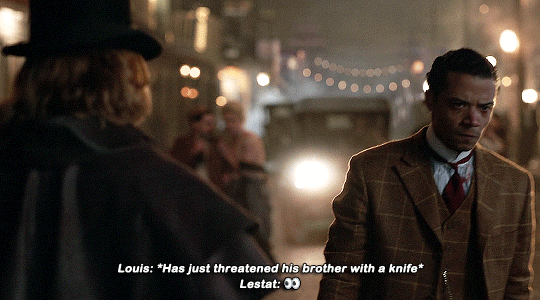


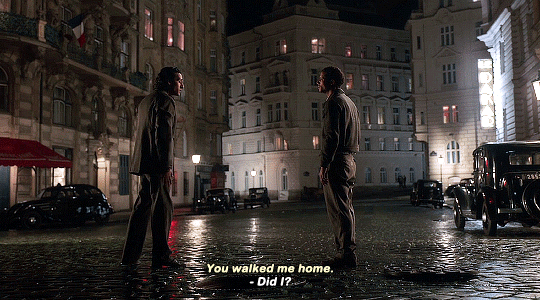

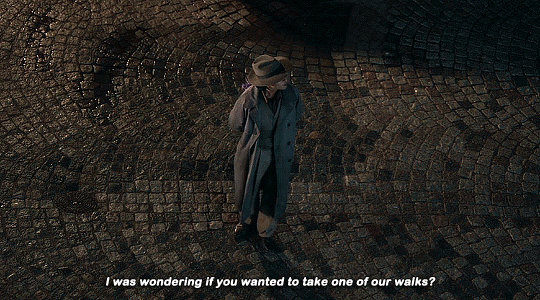


louis de pointe du lac got these men acting unwise
#armand's ancient ass was particularly bad for this in the paris arc#louis de pointe du lac#interview with the vampire#iwtvedit#loumand#loustat#loudaniel#edits
9K notes
·
View notes
Text

alright tumblr, here's your homegrown cowgirl C:{
what do you think of her?
#this was fun! took me awhile since life is nuts rn trying to move but#id like to do smthg like this again somwtime#my art#furry#fursona#anthro#furry fandom#cow#cow girl#fat#< - not enough art in the fat tag. i will change this o7#tumblr polls#sketch#doodle#edit: bf pointed out the tummy could be bigger so i biggified her a little
16K notes
·
View notes
Text

























"I wanted to forget him, and yet it seemed I thought of him always. It was as if the empty nights were made for thinking of him. And sometimes I found myself so vividly aware of him it was as if he had only just left the room and the ring of his voice were still there." - Interview with the Vampire, 1976
Interview with the Vampire (2022) | Season 1 - Season 2
#iwtv#interview with the vampire#gif#gifset#interview with the vampire season 2#iwtv s2#louis de pointe du lac#lestat de lioncourt#loustat#claudia de pointe du lac#claudia de lioncourt#claudia iwtv#armand#armand iwtv#mine#i redid this gifset like 5 times#am done#iwtv edit
7K notes
·
View notes
Text
probably time for this story i guess but when i was a kid there was a summer that my brother was really into making smoothies and milkshakes. part of this was that we didn't have AC and couldn't afford to run fans all day so it was kind of important to get good at making Cool Down Concoctions.
we also had a patch of mint, and he had two impressionable little sisters who had the attitude of "fuck it, might as well."
at one point, for fun, this 16 year old boy with a dream in his eye and scientific fervor in heart just wanted to see how far one could push the idea of "vanilla mint smoothie". how much vanilla extract and how much mint can go into a blender before it truly is inedible.
the answer is 3 cups of vanilla extract, 1/2 cup milk alternative, and about 50 sprigs (not leaves, whole spring) of mint. add ice and the courage of a child. idk, it was summer and we were bored.
the word i would use to describe the feeling of drinking it would maybe be "violent" or perhaps, like. "triangular." my nose felt pristine. inhaling following the first sip was like trying to sculpt a new face. i was ensconced in a mesh of horror. it was something beyond taste. for years after, i assumed those commercials that said "this is how it feels to chew five gum" were referencing the exact experience of this singular viscous smoothie.
what's worse is that we knew our mother would hate that we wasted so much vanilla extract. so we had to make it worth it. we had to actually finish the drink. it wasn't "wasting" it if we actually drank it, right? we huddled around outside in the blistering sun, gagging and passing around a single green potion, shivering with disgust. each sip was transcendent, but in a sort of non-euclidean way. i think this is where i lost my binary gender. it eroded certain parts of me in an acidic gut ecology collapse.
here's the thing about love and trust: the next day my brother made a different shake, and i drank it without complaint. it's been like 15 years. he's now a genuinely skilled cook. sometimes one of the three of us will fuck up in the kitchen or find something horrible or make a terrible smoothie mistake and then we pass it to each other, single potion bottle, and we say try it it's delicious. it always smells disgusting. and then, cerimonious, we drink it together. because that's what family does.
#this is true#writeblr#warm up#relatedly for some reason one of our Favorite Jokes#amongst the Siblings#is like - ''this is so good u will love it''#while we are reacting to something we OBVIOUSLY find viscerally disgusting#like we will be actively retching and be like ''nooooo it's so good''#to the point that i sometimes get nervous if someone outside my family is like oh u should try it its good#(obvi we never force each other to eat anything. we are all just curious birds and#like. we're GONNA try the new thing.)#edit to answer why we had so much vanilla:#my mom is a very good cook and we LOVE to bake. so she just had a lot of staples in the house.#it's one of those things that's like. have u ever continuously thought ''ah i should get butter im probably out''#even tho u are not out of butter. so u end up with like 5 years of butter.#my mom would do that in a costco but like with vanilla extract#to be fair we WERE always using WAY TOO MUCH bc we were kids#so like she was right to stock up#ps. yes we were VERY sick after this lol i just didn't want to include it in the post in case ppl had an ick about that#u can tell it's real bc we knew "oh no we fucked up that's too much vanilla to waste'' but our reaction was to just. keep drinking it#> sibling understanding that vanilla extract isn't free > knowledge mother doesnt mind if we use it for milkshakes#> sibling choice to maybe get in a loophole of ''not wasting it'' if we drink it bc that's the same as using it (not throwing it out)#listen bud i was like 13 and my sister was like 9#when my mom discovered this we. got in. A LOT. of trouble. a lot of it. a LOT of it.#3rd edit bc i guess it isn't clear - i am 1 of my brother's 2 little sisters#i am the middle child#out of all the ways i have had to explain a post before being like ''did u forget a middle child can happen'' is my favorite
61K notes
·
View notes
Text


Lestat playing with the ring on his index finger when talking about Nicki and the one on his ring finger when talking about Louis
#interview with the vampire#iwtv#lestat de lioncourt#loustat#louis de pointe du lac#iwtvedit#my edit
5K notes
·
View notes
Text
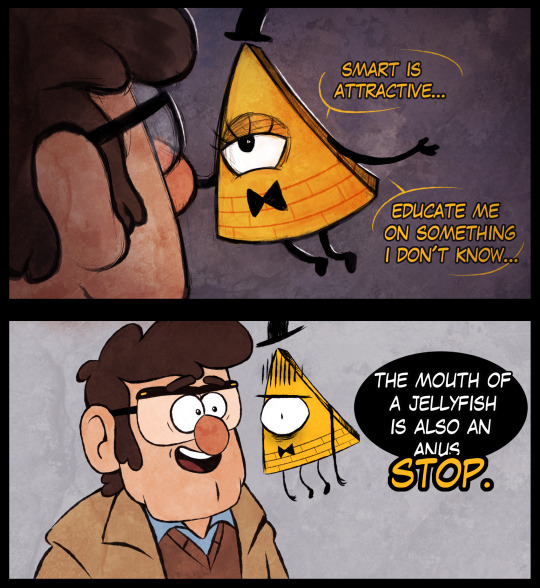
way to ruin the mood
#i'm sorry lmao#gravity falls#stanford pines#bill cipher#billford#incorrect quotes#shitpost#digital art#my stuff#edit: people keep pointing out that bill would probably not be turned off by that fact#and yeah i agree that bill 'let me shuffle all the functions of every hole in your face' cipher would probably not be bothered by that lol#this is just supposed to be a dumb joke so don't think too hard about it hahaha
5K notes
·
View notes
Text
i know who you pretend i am
[on youtube]
#interview with the vampire#iwtv#iwtv s2#armand#louis de pointe du lac#lestat de lioncourt#the vampire armand#iwtv edit#mitski#washing machine heart#loumand#my edits<3
4K notes
·
View notes
Text

our disorganized attachment style princess
#interview with the vampire#iwtv#amc iwtv#iwtv meme#louis de pointe du lac#ldpdl#iwtv amc#iwtv edit#iwtv s2#iwtv season 2
3K notes
·
View notes
Text
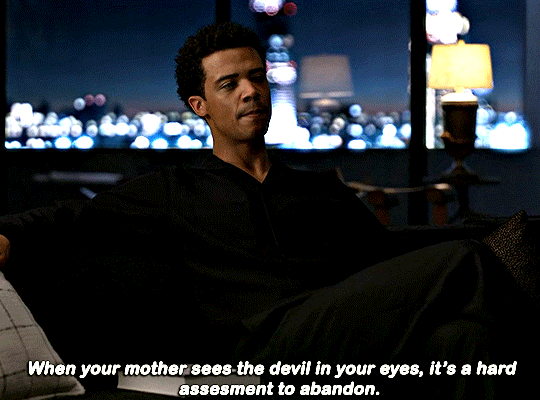



INTERVIEW WITH THE VAMPIRE 1.03 | 2.07
#iwtv#interview with the vampire#louis de pointe du lac#claudia#iwtv edit#iwtv spoilers#iwtv s2#claudia iwtv#tvedit#jacob anderson#iwtvedit#iwtvgifs#mine
6K notes
·
View notes
Text
What does life in North Korea look like outside of Pyongyang? 🇰🇵
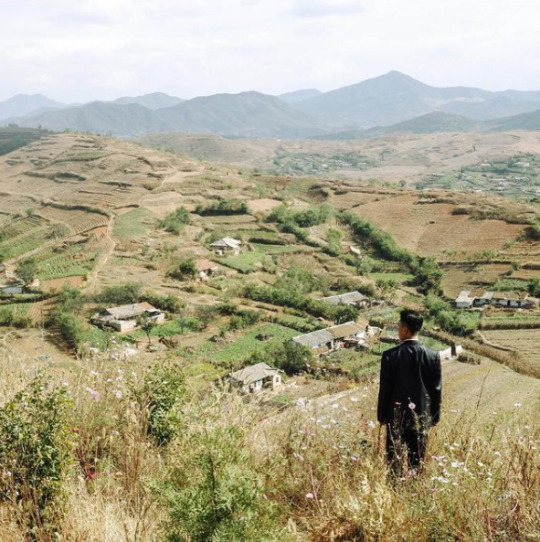
Hey, I'm back again with a very scary "tankie" post that asks you to think of North Koreans as people, and to consider their country not as a cartoonish dystopia, but as a nation that, like any other place on earth, has culture, traditions, and history.
Below is a collection of pictures from various cities and places in North Korea, along with a brief dive into some of the historical events that informs life in the so-called "hermit kingdom."
Warning: very long post
Kaesong, the historic city
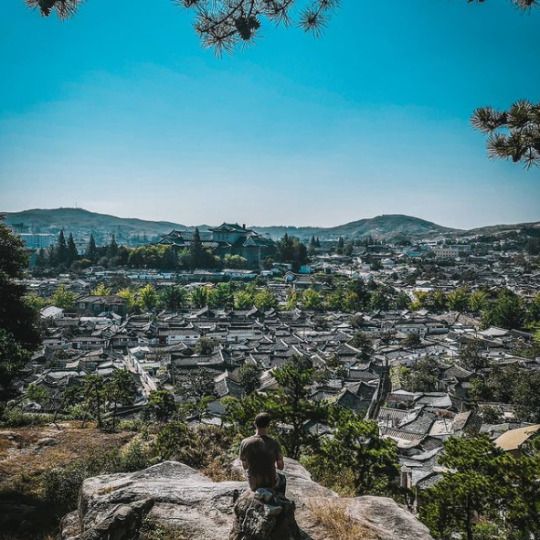
Beginning this post with Kaesong, one of the oldest cities in Korea. It's also one of the few major cities in the DPRK (i.e. "North Korea") that was not completely destroyed during the Korean war.
Every single city you'll see from this point on were victims of intense aerial bombardments from the U.S. and its allies, and had to be either partially or completely rebuilt after the war.
From 1951 to 1953, during what has now become known as the "forgotten war" in the West, the U.S. dropped 635,000 tons of bombs over Korea — most of it in the North, and on civilian population centers. An additional 32,000 tons of napalm was also deployed, engulfing whole cities in fire and inflicting people with horrific burns:
For such a simple thing to make, napalm had horrific human consequences. A bit of liquid fire, a sort of jellied gasoline, napalm clung to human skin on contact and melted off the flesh. Witnesses to napalm's impact described eyelids so burned they could not be shut and flesh that looked like "swollen, raw meat." - PBS
Ever wondered why North Koreans seem to hate the U.S so much? Well...
Keep in mind that only a few years prior to this, the U.S. had, as the first and only country in the world, used the atomic bomb as a weapon of war. Consider, too, the proximity between Japan and Korea — both geographically and as an "Other" in the Western imagination.
As the war dragged on, and it became clear the U.S. and its allies would not "win" in any conventional sense, the fear that the U.S. would resort to nuclear weapons again loomed large, adding another frightening dimension to the war that can probably go a long way in explaining the DPRK's later obsession with acquiring their own nuclear bomb.
But even without the use of nuclear weapons, the indiscriminate attack on civilians, particularly from U.S. saturation bombings, was still horrific:
"The number of Korean dead, injured or missing by war’s end approached three million, ten percent of the overall population. The majority of those killed were in the North, which had half of the population of the South; although the DPRK does not have official figures, possibly twelve to fifteen percent of the population was killed in the war, a figure close to or surpassing the proportion of Soviet citizens killed in World War II" - Charles K. Armstrong
On top of the loss of life, there's also the material damage. By the end of the war, the U.S. Air Force had, by its own estimations, destroyed somewhere around 85% of all buildings in the DPRK, leaving most cities in complete ruin. There are even stories of U.S. bombers dropping their loads into the ocean because they couldn't find any visible targets to bomb.
What you'll see below of Kaesong, then, provides both a rare glimpse of what life in North Korea looked like before the war, and a reminder of what was destroyed.

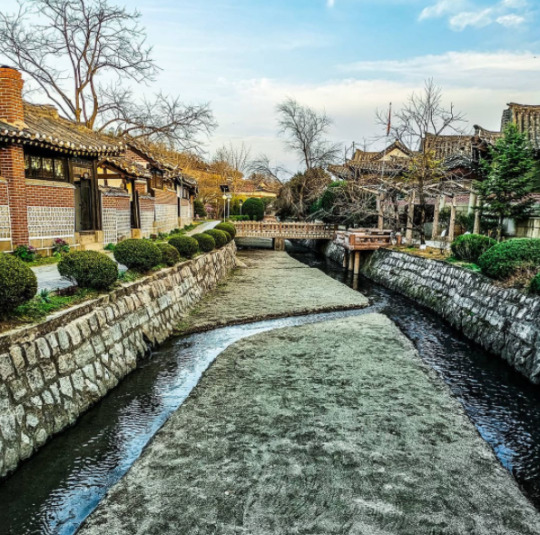

Kaesong's main street, pictured below.
Due the stifling sanctions imposed on the DPRK—which has, in various forms and intensities, been in effect since the 1950s—car ownership is still low throughout the country, with most people getting around either by walking or biking, or by bus or train for longer distances.
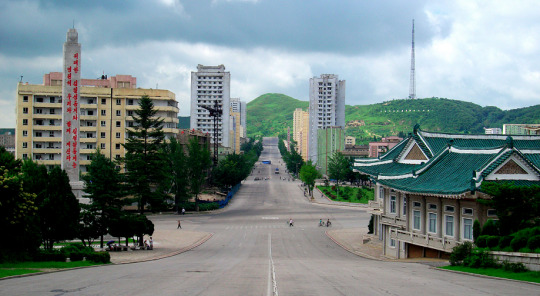
Kaesong, which is regarded as an educational center, is also notable for its many Koryŏ-era monuments. A group of twelve such sites were granted UNESCO world heritage status in 2013.
Included is the Hyonjongnung Royal Tomb, a 14th-century mausoleum located just outside the city of Kaesong.
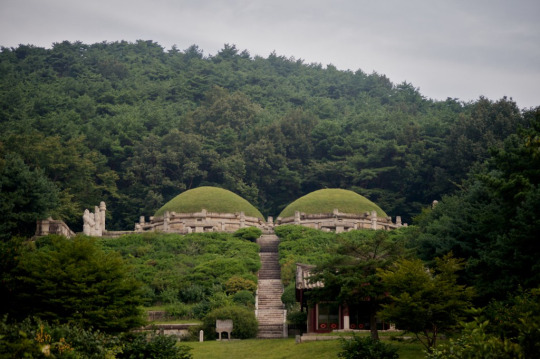
One of the statues guarding the tomb.
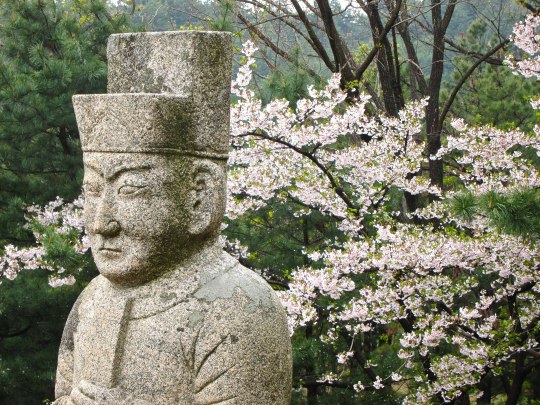
Before moving on the other cities, I also wanted to showcase one more of the DPRK's historical sites: Pohyonsa, a thousand-year-old Buddhist temple complex located in the Myohyang Mountains.

Like many of DPRK's historic sites, the temple complex suffered extensive damage during the Korean war, with the U.S. led bombings destroying over half of its 24 pre-war buildings.
The complex has since been restored and is in use today both as a residence for Buddhist monks, and as a historic site open to visitors.


Hamhung, the second largest city in the DPRK.
A coastal city located in the South Hamgyŏng Province. It has long served as a major industrial hub in the DPRK, and has one of the largest and busiest ports in the country.
Hamhung, like most of the coastal cities in the DPRK, was hit particularly hard during the war. Through relentless aerial bombardments, the US and its allies destroyed somewhere around 80-90% percent of all buildings, roads, and other infrastructure in the city.
Now, more than seventy years later, unexploded bombs, mortars and pieces of live ammunition are still being unearthed by the thousands in the area. As recently as 2016, one of North Korea's bomb squads—there's one in every province, faced with the same cleanup task—retrieved 370 unexploded mortar rounds... from an elementary school playground.
Experts in the DPRK estimate it will probably take over a hundred years to clean up all the unexploded ordnance—and that's just in and around Hamhung.
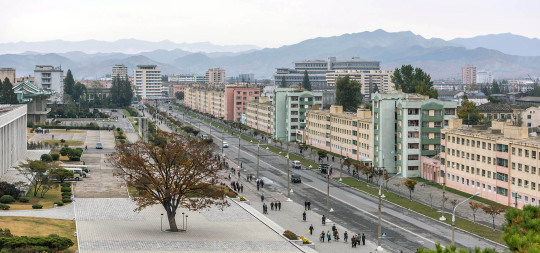

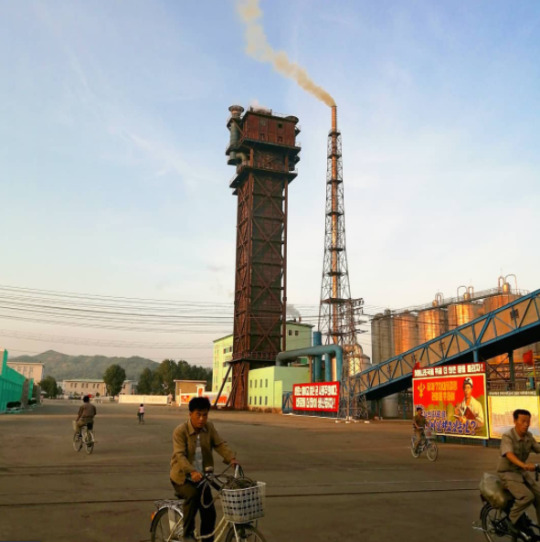
Hamhung's fertilizer plant, the biggest in North Korea.
When the war broke out, Hamhung was home to the largest nitrogen fertilizer plant in Asia. Since its product could be used in the creation of explosives, the existence of the plant is considered to have made Hamhung a target for U.S. aggression (though it's worth repeating that the U.S. carried out saturation bombings of most population centers in the country, irrespective of any so-called 'military value').
The plant was immediately rebuilt after the war, and—beyond its practical use—serves now as a monument of resistance to U.S. imperialism, and as a functional and symbolic site of self-reliance.
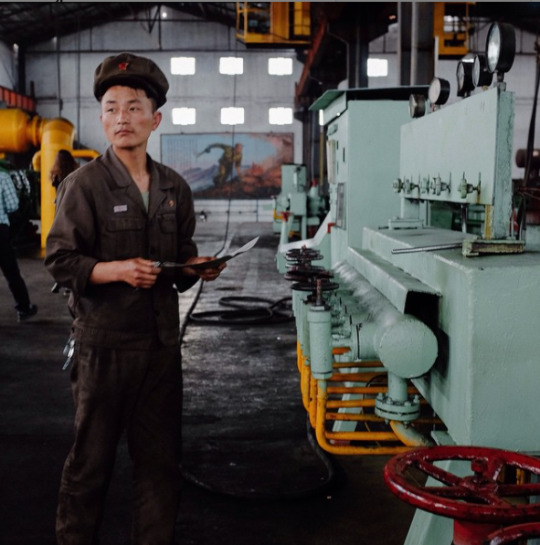
Chongjin, the third largest city in the DPRK.
Another coastal city and industrial hub. It underwent a massive development prior to the Korean war, housing around 300,000 people by the time the war broke out.
By 1953, the U.S. had destroyed most of Chongjin's industry, bombed its harbors, and killed one third of the population.
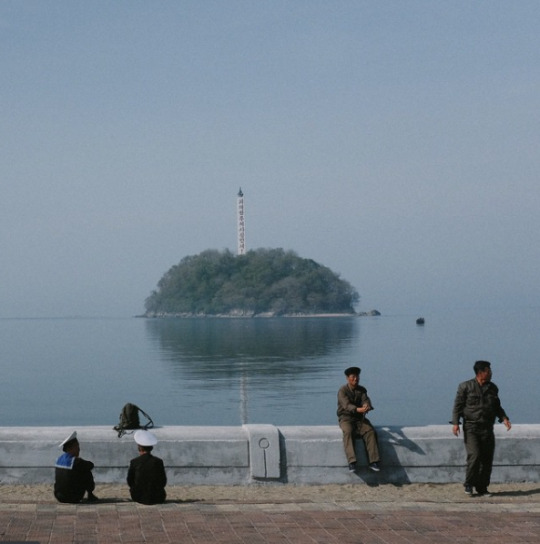
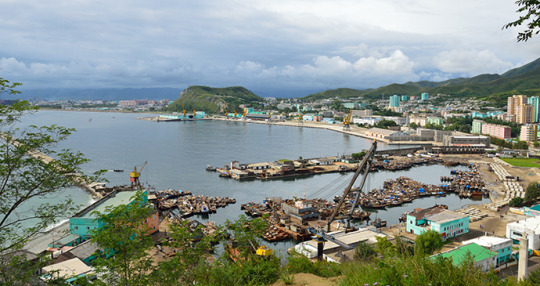

Wonsan, a rebuilt seaside city.
The city of Wonsan is a vital link between the DPRK's east and west coasts, and acts today as both a popular holiday destination for North Koreans, and as a central location for the country's growing tourism industry.
Considered a strategically important location during the war, Wonsan is notable for having endured one of the longest naval blockades in modern history, lasting a total of 861 days.
By the end of the war, the U.S. estimated that they had destroyed around 80% of the city.
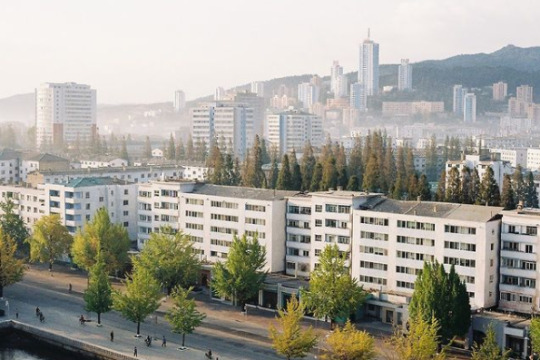

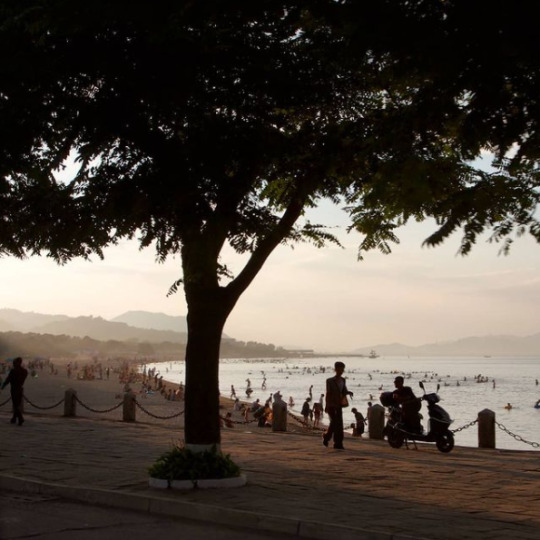

Masikryong Ski Resort, located close to Wonsan. It opened to the public in 2014 and is the first, I believe, that was built with foreign tourists in mind.
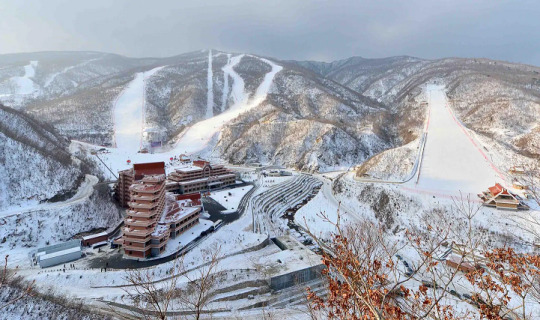
Sariwon, another rebuilt city
One of the worst hit cities during the Korean War, with an estimated destruction level of 95%.
I've written about its Wikipedia page here before, which used to mockingly describe its 'folk customs street'—a project built to preserve old Korean traditions and customs—as an "inaccurate romanticized recreation of an ancient Korean street."
No mention, of course, of the destruction caused by the US-led aerial bombings, or any historical context at all that could possibly even hint at why the preservation of old traditions might be particularly important for the city.
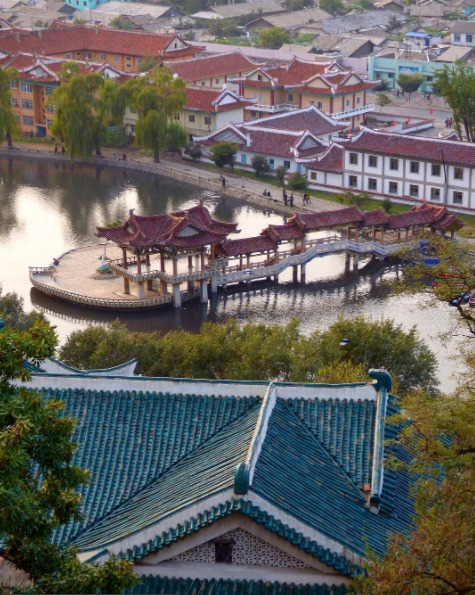

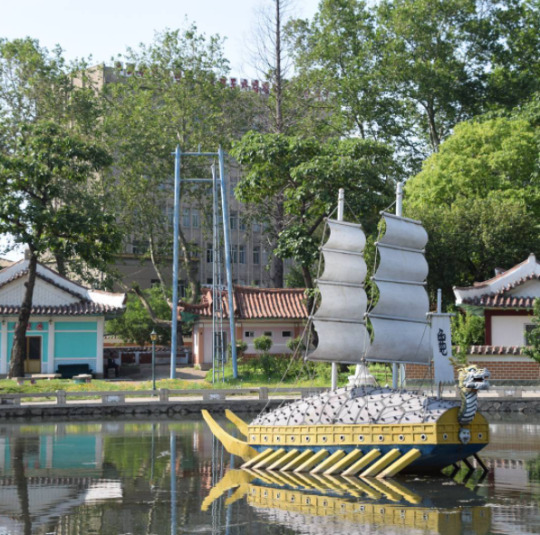
Life outside of the towns and cities
In the rural parts of the DPRK, life primarily revolves around agriculture. As the sanctions they're under make it difficult to acquire fuel, farming in the DPRK relies heavily on manual labour, which again, to avoid food shortages, requires that a large portion of the labour force resides in the countryside.
Unlike what many may think, the reliance on manual labour in farming is a relatively "new" development. Up until the crisis of the 1990s, the DPRK was a highly industrialized nation, with a modernized agricultural system and a high urbanization rate. But, as the access to cheap fuel from the USSR and China disappeared, and the sanctions placed upon them by Western nations heavily restricted their ability to import fuel from other sources, having a fuel-dependent agricultural industry became a recipe for disaster, and required an immediate and brutal restructuring.
For a more detailed breakdown of what lead to the crisis in the 90s, and how it reshaped the DPRKs approach to agriculture, check out this article by Zhun Xu.

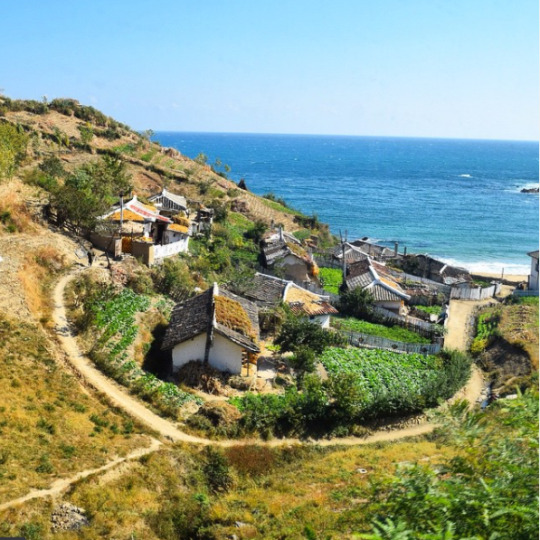
Some typical newly built rural housing, surrounded by farmland.
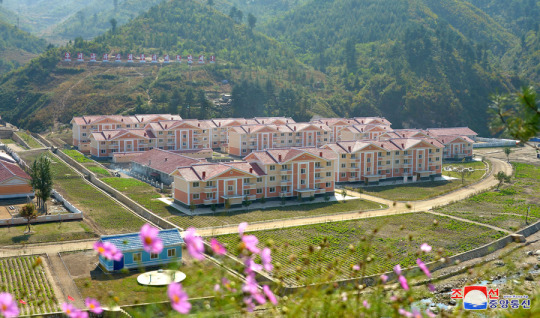
Tumblr only allows 20 pictures per post, but if you want to see more pictures of life outside Pyongyang, check out this imgur album.
#dprk#north korea#i've had this post unfinished in drafts for almost a year#also sorry about the spelling and potential formatting issues it's a nightmare to edit at this point#it was literally just meant to be a collection of picture and then the writing just sort of happened#enjoy the brief heritageposts history lesson i guess
6K notes
·
View notes